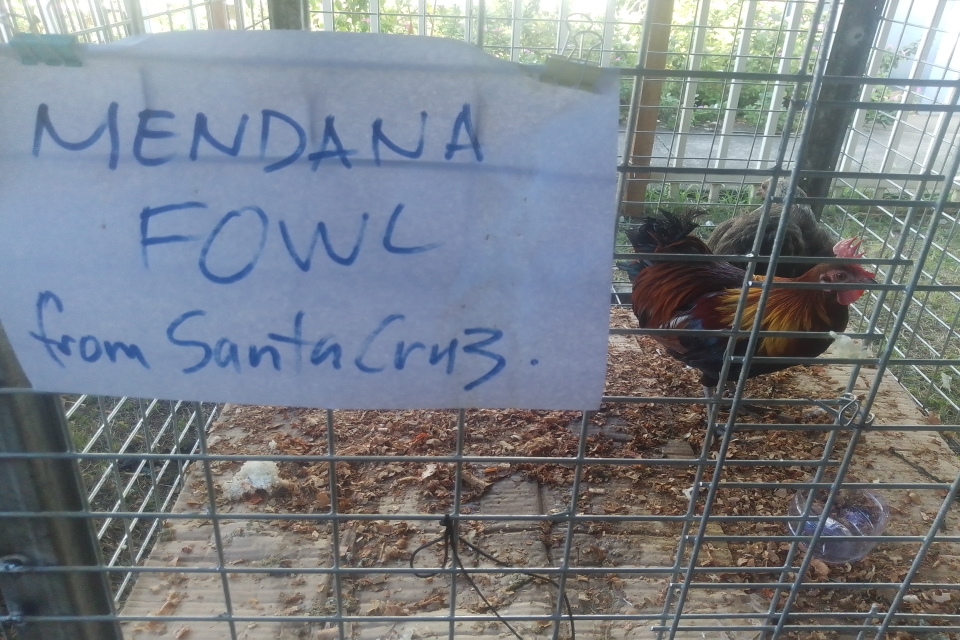BY JOHN HOUANIHAU
VARIOUS bird species are protected in the Solomon Islands, and one of them is the Mendana Fowl, which is only found in Santa Cruz Islands, Temotu province.
This fowl was thought to have come to the Santa Cruz Islands in the eastern remote province of the country in the 1500 century. However, it’s been suggested that this rare species was brought into Santa Cruz Islands by the world’s famous Spanish explorer, Alvaro de Mendana.
The Mendana fowl is said to have roamed freely and is hunted by the natives of the island for its meat and economic value. The protected fowl species are spotted with orange, brown, red, gold, grey, white, and olive on their feathers.
Senior Livestock officer from the Ministry of Agriculture and Livestock, Erol Harley told ENVIRONMENT MEDIA that even though it is not a native species these wildfowl have been placed on the protected species list of the Solomon Islands Government Wildlife Act as Prohibited Exports.

“Ongoing research into the background of these fowl will also contribute to the re-education of the people away from hunting the jungle fowl for food and sport, to conservation.
Harley said that the establishment of captive breeding herds and establishing those herds across a wide area of the country will help conserve them for future generations.
“Cross-breeding with domestic chickens to develop better village chickens will also provide a good substitute for the Mendana fowl and other wildlife which is currently used as a traditional food by the people,’’ the Senior Livestock officer said.
He said that the fowl was given the name Mendana by the natives of Santa Cruz Islands because they believe the Spanish explorer brought it there when he first discovered the islands.
“It is one of their main source of protein food supplement the Spanish sailors have on-board during their long voyages around the world,” Harley said.
He said the tail of the male roosters can grow up to 28 centimeters to 11 inches, and the whole bird may be as long as 70 centimeters to 28 inches.
“When compared to the more familiar domestic fowls (chickens) in the country, the Mendana fowl has a much smaller body mass around 1 kg in females and 1.5 kg in males and is brighter in coloring.
“The male Mendana fowl are significantly larger than females and have brightly colored decorative feathers,’’ he said.
Harley said they breed during the dry part of the year.

“During the laying period, the females lay an egg every day. Eggs take 21 days to develop. Chicks are cared for in about 4 to 5 weeks. Sexual maturity is reached at 5 months, with females taking slightly longer than males to reach maturity.
He said that it is a long-standing tradition amongst the people of Santa Cruz to hunt and trap the Mendana fowl each year.
“The Mendana fowl normally appear from the jungle at daybreak (dawn) to feed on peoples food gardens, where they stay on the trees and feed on peoples’ food gardens.
“The village hunters ensure they arrive before daylight, with a large net and a bait rooster tied by a string underneath. Once the Mendana fowl engages with the bait rooster in defense of his territory, the net is dropped on the pair and the wild fowl is secured,’’ Harley said.




